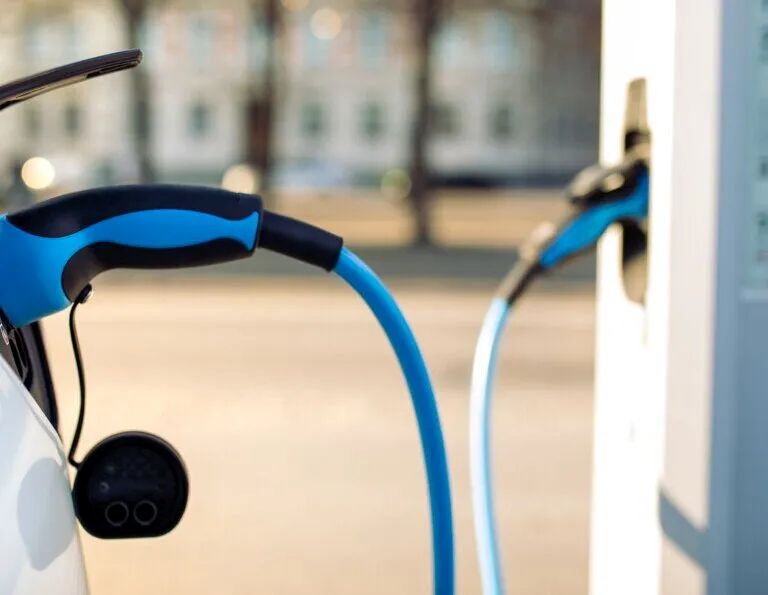


Operation and Maintenance for EV Charging Stations: Ensuring Reliability and Efficiency
Maintaining and Troubleshooting EV Charging Stations: Best Practices for Reliable Performance
As a professional EV charger manufacturer in China, Topper Company provides dependable electric vehicle charging station equipment and comprehensive charging solutions.As electric vehicles (EVs) continue to gain popularity, the demand for accessible and reliable charging infrastructure is growing. Public charging stations are especially crucial for EV owners without home charging options. However, like all technology, these stations can experience technical failures that impact usability and driver confidence.
Regular maintenance and prompt troubleshooting are key to keeping charging stations in optimal condition. Without routine care, issues such as hardware damage, unstable power supply, and outdated software can lead to downtime and customer dissatisfaction. This article outlines common reasons for station failures, best maintenance practices, associated costs, and troubleshooting techniques to help ensure consistent, efficient operation.
Power Supply Issues: Power surges, grid interruptions, or insufficient voltage can cause chargers to malfunction or stop working entirely.
Hardware Failures: Charging cables, connectors, screens, and internal components may degrade over time due to weather, vandalism, or heavy usage.
Software Glitches: Charging stations rely on software for key functions. Outdated firmware or software bugs can disrupt communication, payment processing, or charging operations.
Damaged Connectors: Frequent use and improper handling can damage charging connectors, preventing successful vehicle connections.
Authentication and Payment Errors: Malfunctioning RFID readers, app connectivity issues, or faulty payment terminals can render a working station unusable.
Neglected Maintenance: Without scheduled inspections, minor issues can go unnoticed until they lead to significant failures.
Routine Inspections and Cleaning: Regular checks help identify wear, corrosion, or debris. Cleaning the screen, connectors, and enclosure prevents buildup that can cause overheating or component failure.
Electrical and Safety Checks: Examine power supply levels and look for damaged wiring. Verify all grounding and emergency shutoff mechanisms are functioning correctly.
Test Charging Functionality: Ensure the station can initiate a charging session, process payments, and connect with backend systems.
Update Firmware and Software: Apply updates regularly to prevent bugs and maintain security.
Protect Connectors and Ports: Use covers and inspect ports frequently to avoid damage from exposure or misuse.
Annual maintenance costs vary by charger type:
AC Level 2 Chargers: $200–$600/year
DC Fast Chargers: $1,000–$3,000/year
DC chargers require more servicing due to their complex systems and cooling components. Preventive maintenance reduces the likelihood of expensive repairs and improves uptime.
Read Error Codes: OCPP-compliant stations generate error messages that assist in diagnosis.
Restart the Station: A reboot can clear software glitches and restore normal operation.
Check Power Supply: Investigate voltage levels and inspect for electrical faults.
Verify Connectivity: Ensure internet or cellular communication is stable for remote access and payments.
Inspect Connectors and Cables: Replace damaged components promptly to avoid charging issues.
Update Software: Ensure the latest firmware is installed to improve reliability and compatibility.
Maintaining EV charging stations is vital for ensuring user satisfaction and supporting the broader shift to electric mobility. By implementing consistent maintenance routines and efficient troubleshooting processes, operators can deliver reliable, safe, and user-friendly charging experiences that foster confidence in EV infrastructure.Know more about Google SEO Directory
